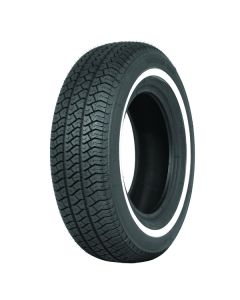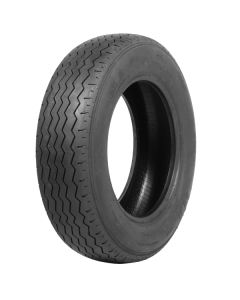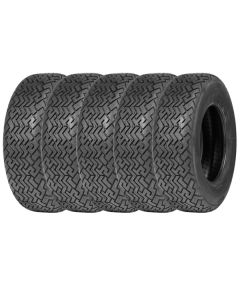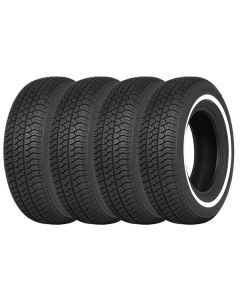Rover P6 Tyres


Rover P6 1963–1977
- The series 1 Rover P6, the 2000, and the 2000SC and 2000TC models fitted 165 HR 14 PIRELLI CINTURATO CA67.
- Fitting a 185/70 VR 14 PIRELLI CINTURATO CN36 is also a low profile alternative. However a 4 cylinder P6 will handle nicer on 165 HR 14 PIRELLI CINTURATO CA67.
- The 2 litre Rover P6 tyre pressures would be 26psi front and 28psi rear.
- The V8 Rover P6, the 3500 and 3500S from 1968 to 1977 fitted 185 - 14 PIRELLI CINTURATO.
- Pirelli Don’t currently make a 185 R14 PIRELLI CINTURATO, However Michelin make an excellent 185 HR 14 Michelin MXV-P for the P6.
- Tyre pressures for the 3500 and 3500S Rover P6 we suggest 28psi front and 30 psi rear.
- The series 2 Rover P6 tyres still fitted 165 HR 14 PIRELLI CINTURATO CA67 on the 4 cylinder 2200SC and 2200TC models, and the V8 series 2 3500S stuck with 185-14.
- We suggest maintaining the 26psi front and 28psi rear with the 2200SC and 2200TS Rover P6.
- Our period fitment guides suggest that all P6 models were released with tubeless wheels. Innertubes are not required for these wheels. If you own a P6 from 1965-72 that has tube-type wheels please get in touch so that we can update our records.
History of the Rover 2000TC P6

The Classic Rover 2000 (Type P6) saloon debuted in 1963, garnering critical praise as well as the 'Car of the Year' title. It was manufactured in Solihull, West Midlands, England, from 1963 until 1977. The P6 was the sixth and last Rover design with the letter "P" to enter production. The vehicle was first marketed as the Rover 2000 and had a full "clean sheet" design designed to appeal to a wider range of purchasers than previous models such as the P4 it replaced. Until 1973, the P5 was available alongside the P6.
The Rover P6's construction innovations, partly inspired by the Citroën DS, including a stressed skeletal base unit to which outer body panels and suspension components were joined; the bell-cranked front suspension was used to produce a large engine compartment; and De Dion rear suspension. The de Dion setup in the Rover 2000TC was distinctive in that the "tube" was in 2 components that could telescope but not rotate, avoiding necessity sliding splines in the drive shafts, which would result in stiction under drive or braking torque, while still maintaining the wheels vertical and parallel to the body.
The P6 has four-wheel disc brakes (rear inboard) and a completely synchromesh gearbox. Rover's twin-carburettor 2000TC variant, introduced in 1966, offered a maximum power output of 110bhp (up from 89bhp), improving peak speed from 104 to 108mph. The Rover P6 was initially shipped with 165 R14 PIRELLI CINTURATO ™ CA67 tyres, which PIRELLI has finally grateful replicated after a lengthy time of being unavailable.



























